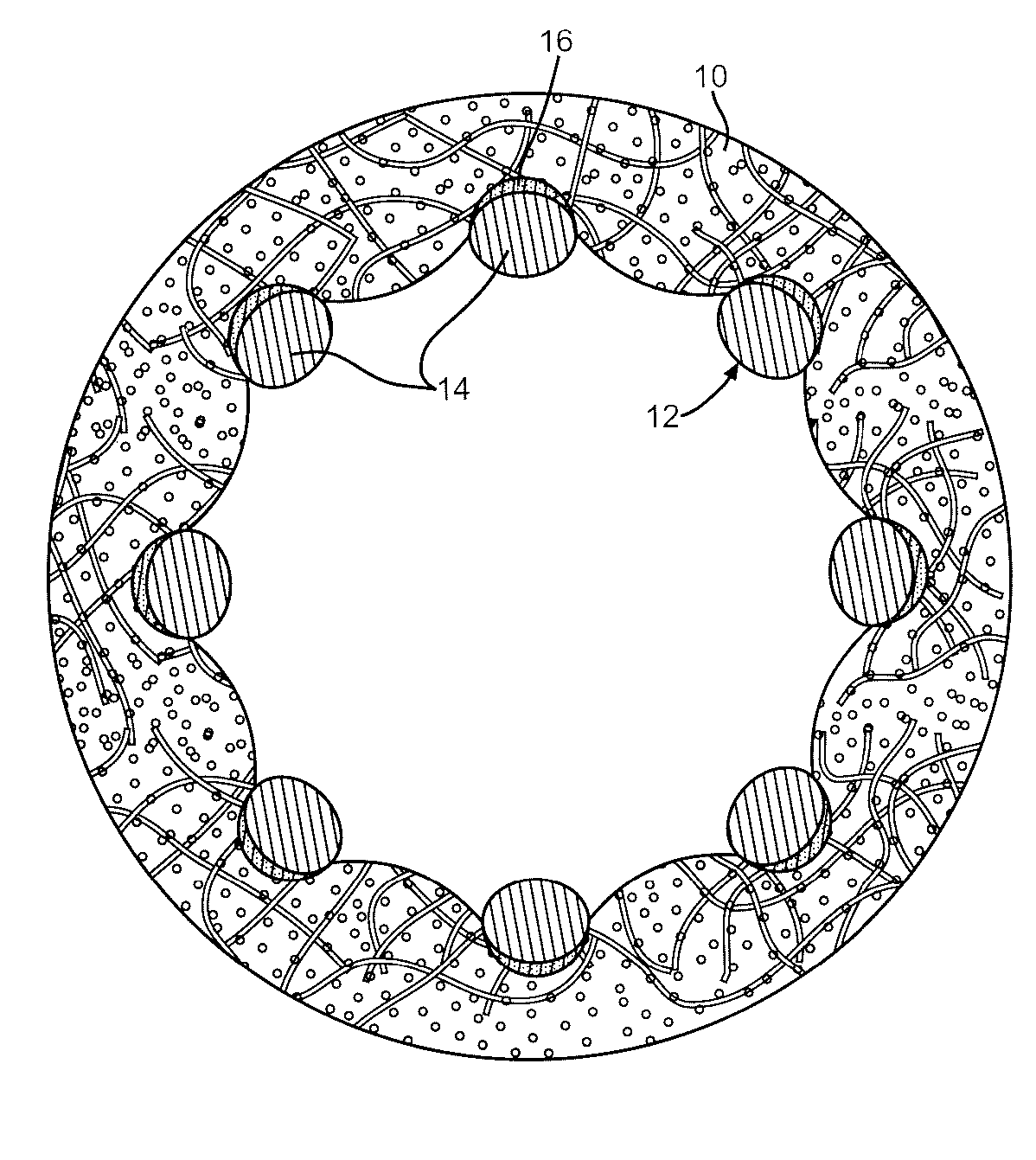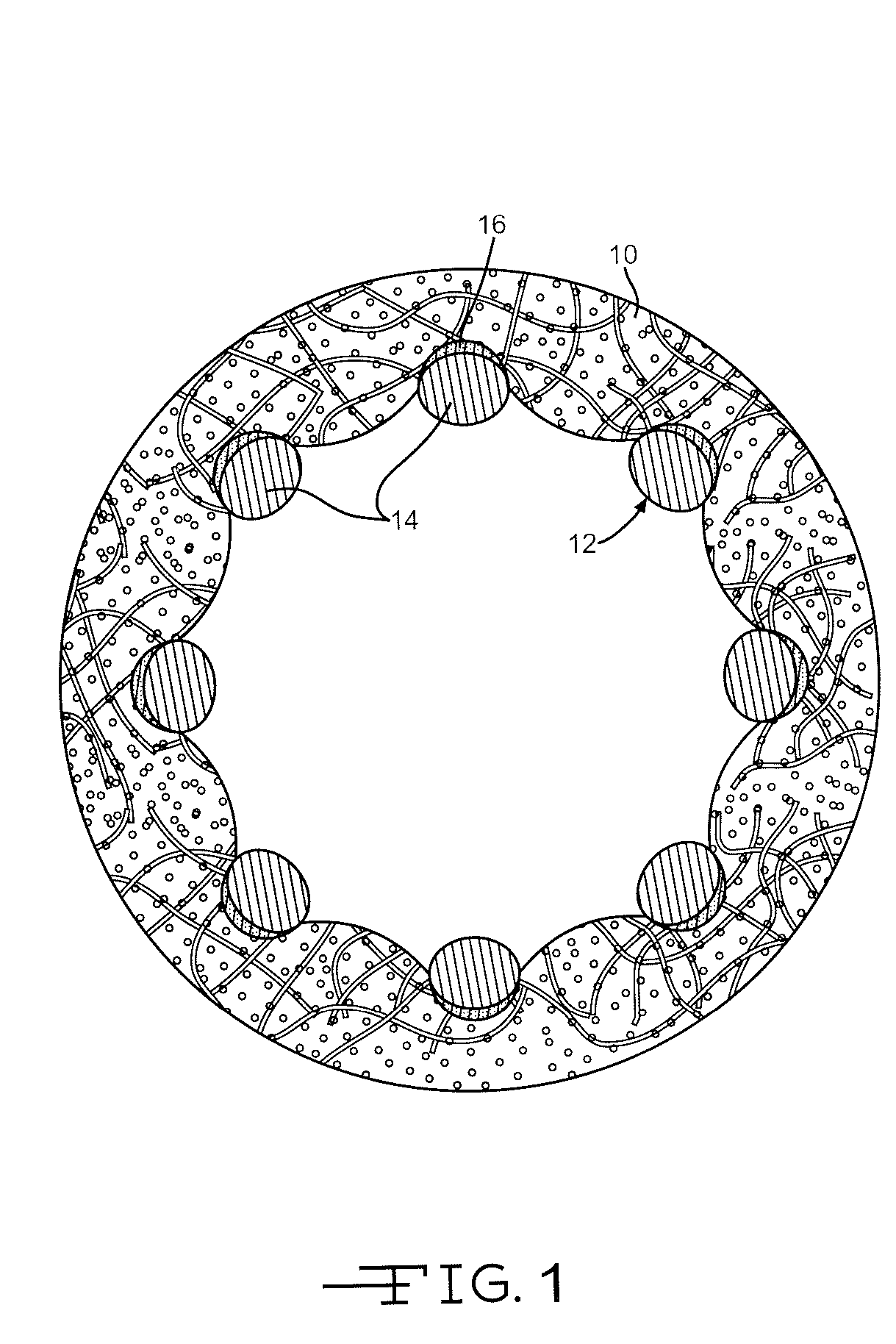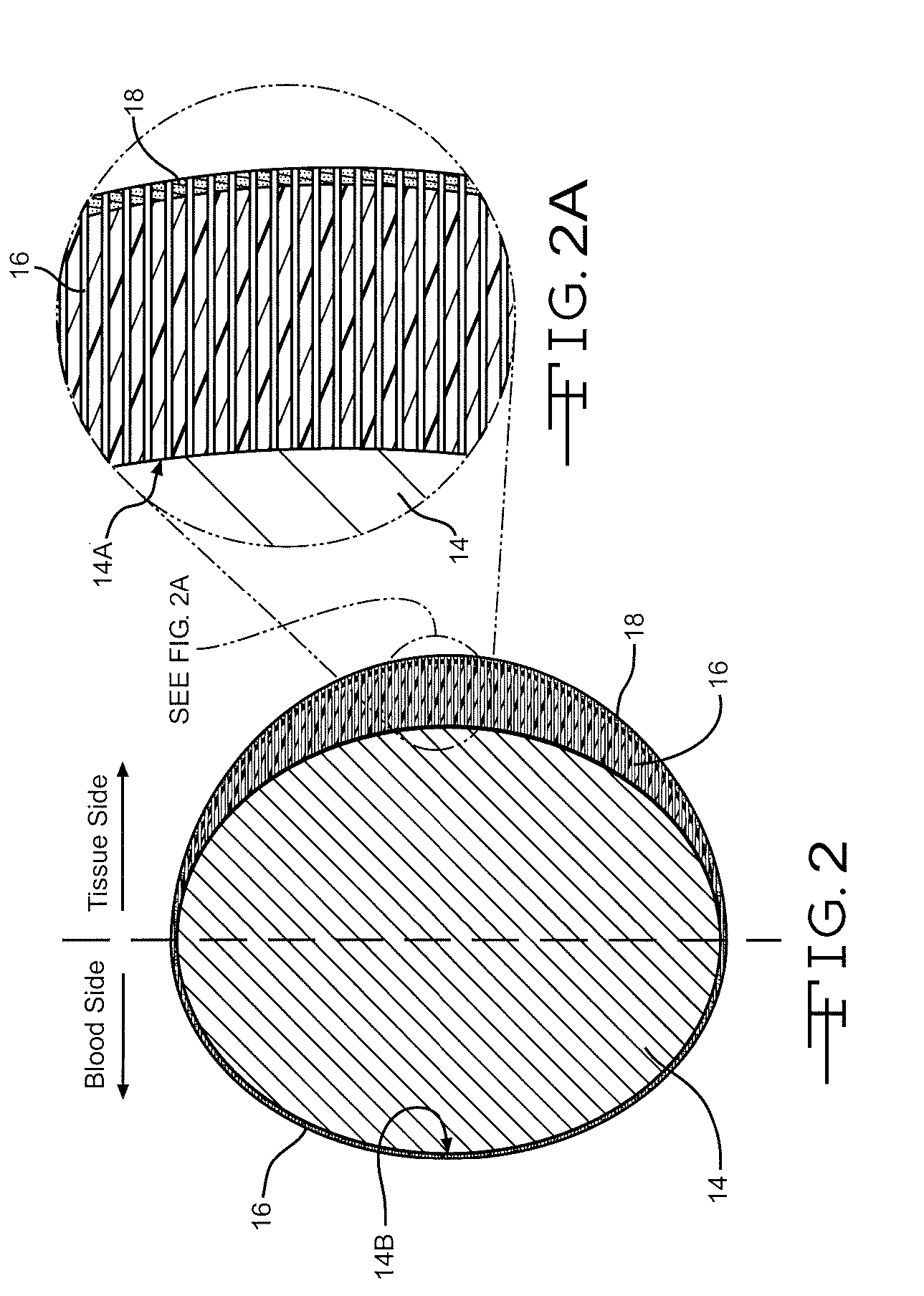Stent Coating For Eluting Medication
a technology of eluting coating and stent, which is applied in the field of stents, can solve the problems of high non-uniform deformation, increase in surface roughness and irregularities, and suffer from polymeric drug eluting coating, so as to prevent elution of therapeutic drugs and enhance biocompatibility
- Summary
- Abstract
- Description
- Claims
- Application Information
AI Technical Summary
Benefits of technology
Problems solved by technology
Method used
Image
Examples
Embodiment Construction
[0028] It has been found that coatings having a columnar structure can be made to adhere strongly to a substrate even while the substrate undergoes extensive plastic deformation. This is possible because the porous film consists of many strongly adhering individual columns rather than a single thin film coating. Furthermore, it has been shown that when thin columnar coatings are themselves coated with a biocompatible material such as carbon, the carbon continues the original columnar structure rather than disposing itself as a continuous non-porous barrier layer. This is described in U.S. Patent Application Pub. No. 2004 / 0176828 to O'Brien, which publication is assigned to the assignee of the present invention and incorporated herein by reference. These characteristics are put to use in the present invention as a medication-carrying structure on a stent for the purpose of eluting the medication into surrounding tissue to lessen or prevent restenosis.
[0029] Referring now to the draw...
PUM
| Property | Measurement | Unit |
|---|---|---|
| Length | aaaaa | aaaaa |
| Length | aaaaa | aaaaa |
| Length | aaaaa | aaaaa |
Abstract
Description
Claims
Application Information
 Login to View More
Login to View More - R&D
- Intellectual Property
- Life Sciences
- Materials
- Tech Scout
- Unparalleled Data Quality
- Higher Quality Content
- 60% Fewer Hallucinations
Browse by: Latest US Patents, China's latest patents, Technical Efficacy Thesaurus, Application Domain, Technology Topic, Popular Technical Reports.
© 2025 PatSnap. All rights reserved.Legal|Privacy policy|Modern Slavery Act Transparency Statement|Sitemap|About US| Contact US: help@patsnap.com



